Watch Buying Guide
Let Finnies help you choose your perfect timepiece. There is no easier or more fun way to choose a new watch than to come in to our store in person, take advantage of our experience and try on as many as you like. We are renowned for the breadth and depth of our collection of luxury watch brands, as well as for carrying a number of rare or limited edition collectors’ models. And we love talking about them. Here’s our expert guide to things you may like to consider in advance of your purchase.
For what purpose will my watch mainly be worn?
Having a general idea where and when your watch will be worn will help guide you in which features to look for. A watch that you buy to wear with a suit or other formal wear for work, for example, will have different features from the watch you’ll need for active outdoor or underwater pursuits.
If you’re a diver, you will need a watch with significant water resistance that has been pressure tested. Or, for sports, you might consider the benefits of having a stop watch feature. The choice of features should also be carefully considered if you’re buying the watch as a gift.
Which features might I need?
Altimeter
A device for measuring altitude, useful for a variety of outdoor pursuits such as climbing.
Barometer
An essential feature for those who enjoy hillwalking, climbing or other outdoor activities. By reading atmospheric pressure it can help you forecast the weather.
Calendar
A popular feature of many watches, some of which have a ‘perpetual calendar’ – an intricate movement which displays the date, day, month, year and even the century. Mostly these movements are electronic or quartz; in rare cases they can be mechanical.
Chronograph
A watch with the ability to start, stop and reset the second hand to zero, so it can be used as a stopwatch or for other timing purposes.
Water resistance
This varies from splashproof to completely waterproof to a certain depth and pressure for professional divers. Maximum pressures will be shown using BAR or ATM (atmospheric). For example 1 BAR / 1 ATM = 10 metres.
What makes my watch tick?
The movement is responsible for the accuracy of a watch’s timekeeping. It can be powered by winding, with a battery, automatically or even by solar power. The type of movement can significantly alter the price of the watch. Let’s look at the options.
Automatic Movement
This is powered by the natural movement of the wearer’s wrist and arm. A rotor mechanism placed on a pivot rotates as the wearer’s arm moves through daily activities. The mechanism winds the main spring automatically, without the need for manual winding. On a manual watch, the energy within the spring is gradually lost, which is why it must be self-wound; with an automatic there is no need.
Manual Movement
A watch with a manual movement requires the wearer to wind it manually every day. The winding action energises the movement which then gradually releases the spring that powers it.
Quartz Movement
These use a battery to activate a quartz crystal into oscillating at a known frequency. Using electronic circuitry, this frequency is continuously halved to one beat a second to ensure precise movement for the watch hands. The battery will need to be replaced periodically with the manufacturer’s recommended model.
Tourbillon
Developed in 1795 and patented in 1801, a tourbillon movement is a masterclass in Swiss/French watchmaking. A tourbillon improves a watch’s timekeeping by using a balance wheel and escapement within a rotating cage to counter the effects of gravity. Such is the intricacy and craftsmanship that watches featuring this type of movement will normally have it exposed within the watch face to show it off. Tourbillon movements are expensive to make and usually found in high-end watches to enhance their exclusivity – and rightly so.
Which aesthetic features should I consider?
Bracelet or strap Watch bracelets are normally made of metal using links that can be added or removed to ensure the watch fits the wearer perfectly. A watch strap can be made from a wide variety of materials, including leather or alligator skin. Sports watches may use a rubber strap for optimum comfort. The choice is highly individual.
Watch case
These are most often round, oval or rectangular. The dials tend to follow the watch case design – a round watch case will have a round dial – but it is possible to find variations, such as a round dial within a rectangular case. Watch dials may be decorated with a variety of precious metals or mother-of-pearl; some incorporate highly intricate designs.
Numerals or Indices
A watch may display all 12 numbers, four numbers – usually 12 (XII), 3 (III), 6 (VI) and 9 (IV) – or none at all, instead using indices. Numbers are generally displayed in Arabic (1-12) or Roman numerals (I-XII). Indices make use of slim raised metal strips called batons, to replace the hour numbers. Some watches have both.
Watch Size
The size of a watch is governed by many factors, including prevailing trends or the watch’s various features. A diver’s watch, for example, will generally be larger due to its additional features and because the greater the depth to which it is required to go, the stronger the seal required. If you’re looking for an everyday watch rather than a specialist one, the choice of size is a highly personal one.
What’s on the market?
Luxury Watches
An investment as well as a practical timepiece, a luxury watch made of the finest materials and movements is designed to hold its value – especially if you have it serviced from time to time. Just as with a prestigious car, the more service records you have, the better the resale value, as collectors will appreciate that you have looked after it.
Dress Watches
Typically classic in style, often subtly gold-plated and with an understated analogue display, a dress watch is designed to complement your best red-carpet look. If you have a special occasion to go to, a beautiful dress watch can be the perfect finishing touch.
Sports Watches
More rugged, more water resistant and able to withstand more knocks without sustaining lasting damage, a sports watch may also come with features such as a stopwatch or even a pedometer. With this enhanced durability, they are generally slightly larger and therefore easier to read while on the move.
Fashion Watches
Although the lines are blurred between ‘luxury’ and ‘fashion’, there is no doubt that fashion watches are designed to attract attention. Some are based on current trends, while others will be a twist on the classic – always designed to make a statement.
Professional Watches
Principally for pilots and divers, these watches are designed to fulfil a specific function. Don’t mistake professional for bland, however; many professional divers’ and pilots’ watches combine practicality with incredible design.
Which brands will I find at Finnies?
With our longstanding relationships in the industry, we are proud to carry over 25 of the world’s most prestigious watch brands. Each exquisite timepiece is different from the next in style and function, so we recommend you come and try for yourself.
Is it a good idea to give a watch as a gift?
We think so! Special birthdays, anniversaries, graduations – all are enhanced by a beautiful watch. Few gifts offer the same combination of pleasure, practicality and longevity.
We hope this information helps when it comes to making your next watch purchase. If you’d like to know more, please don’t hesitate to come in to the store for a chat with one of our knowledgeable advisors, or give us a call on +44 (0)1224 626632.
 Rings
Rings
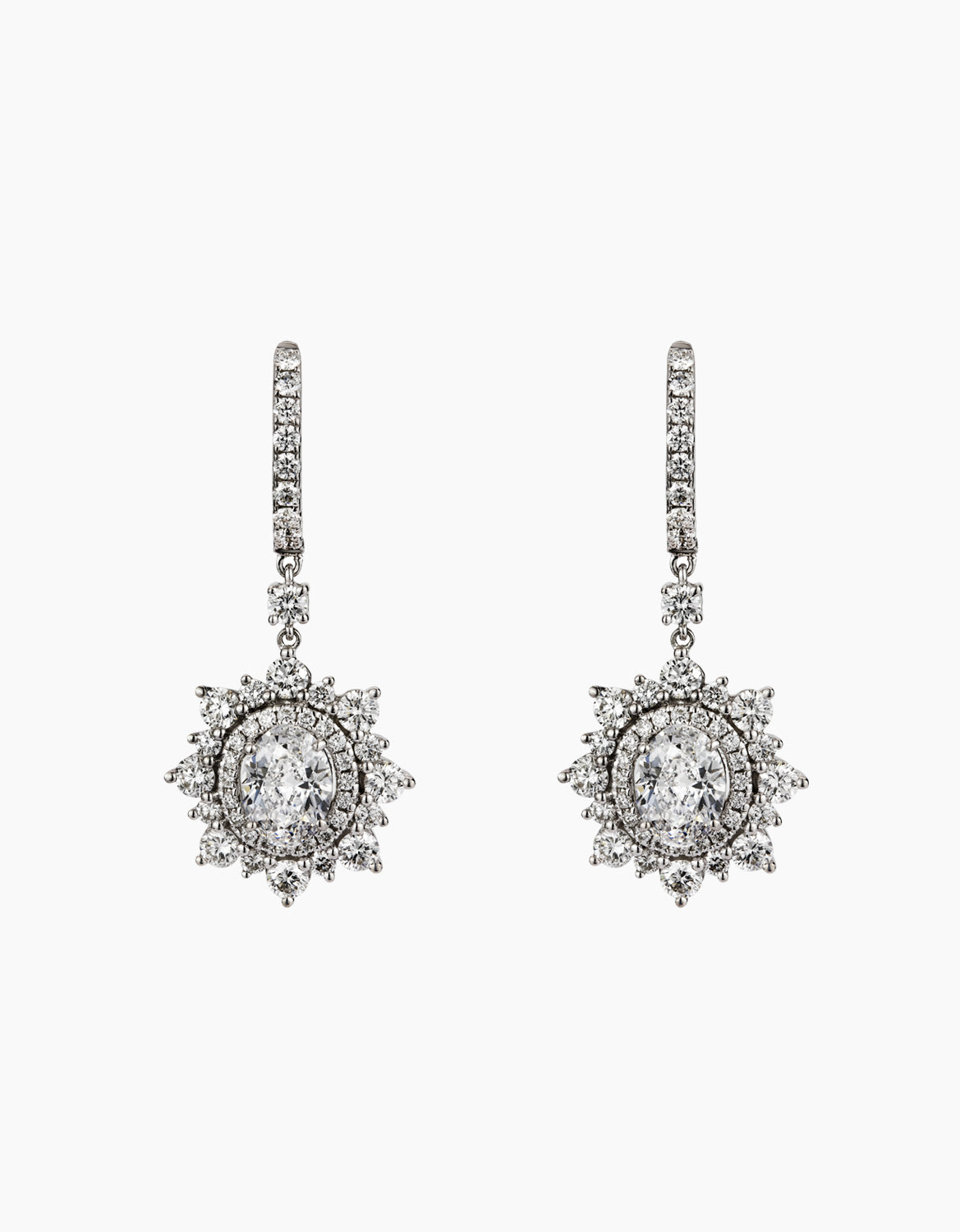 Earrings
Earrings
 Bracelets & Bangles
Bracelets & Bangles
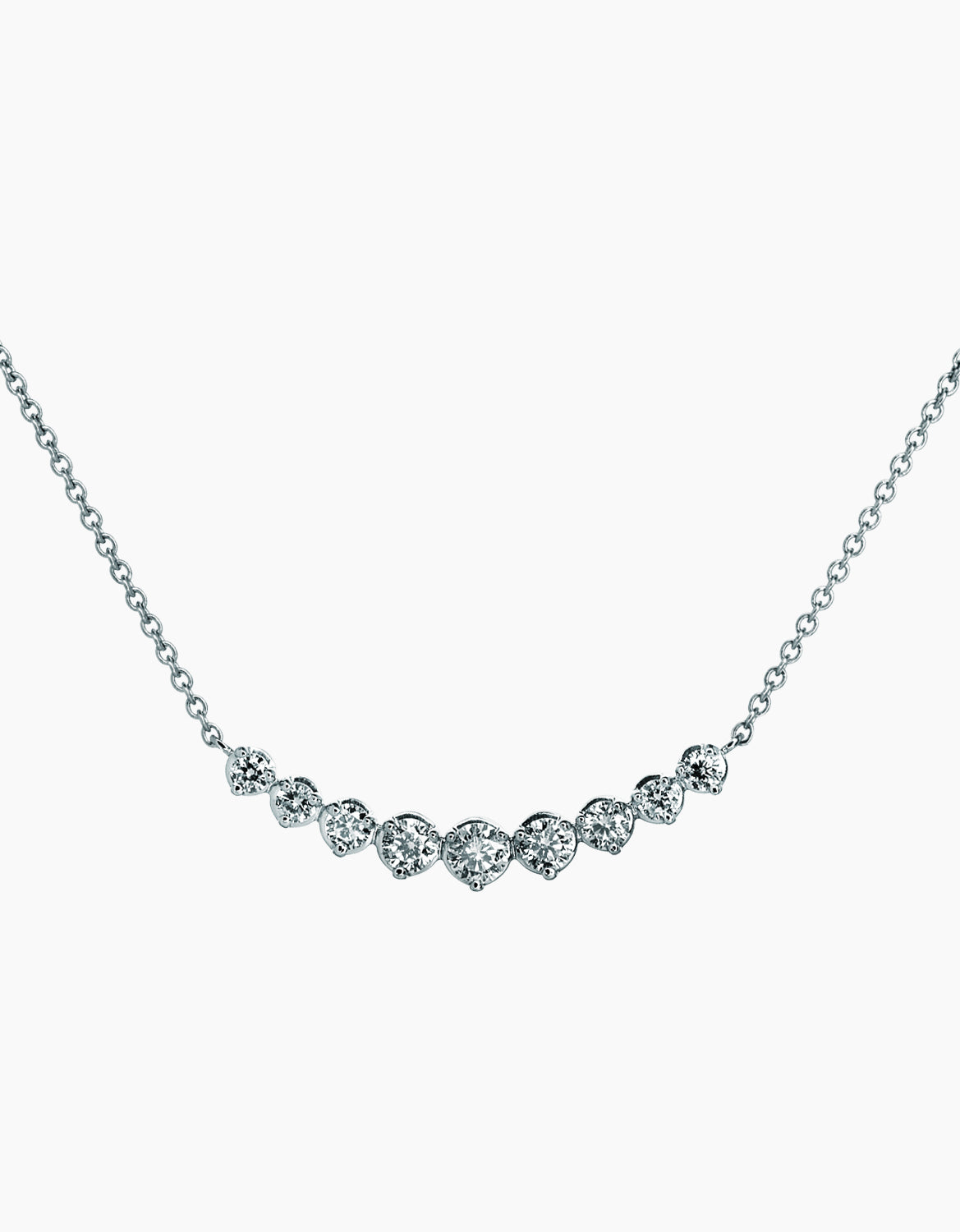 Necklaces & Pendants
Necklaces & Pendants
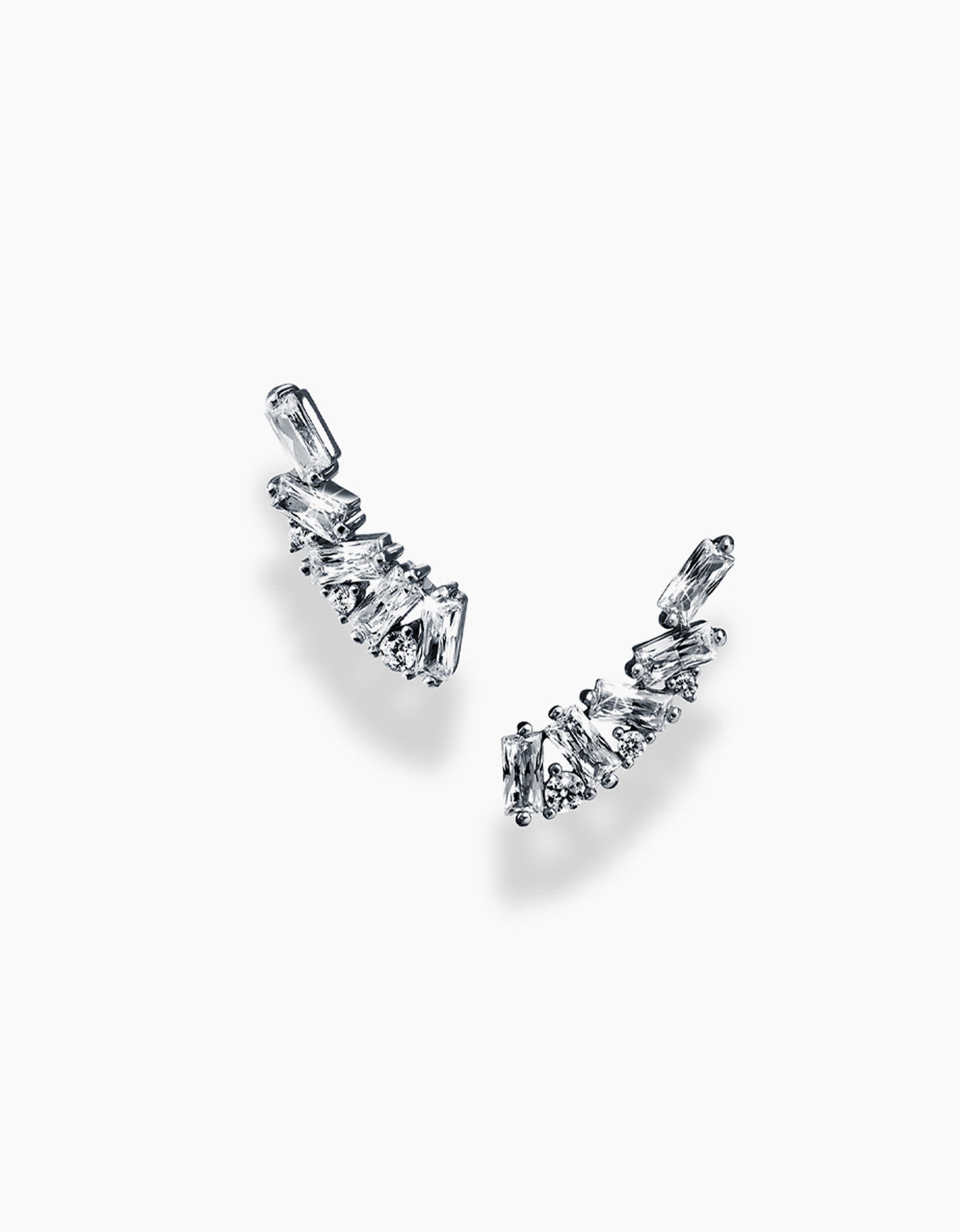 Silver Jewellery
Silver Jewellery
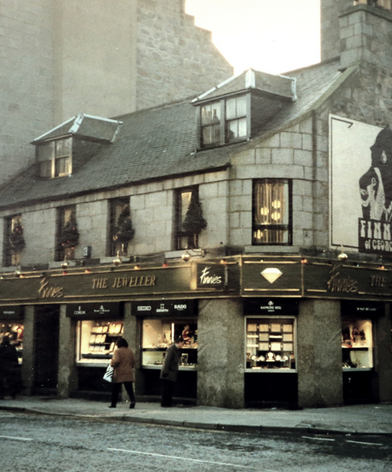 Our Story
Our Story
 Diamond Buying Guide
Diamond Buying Guide
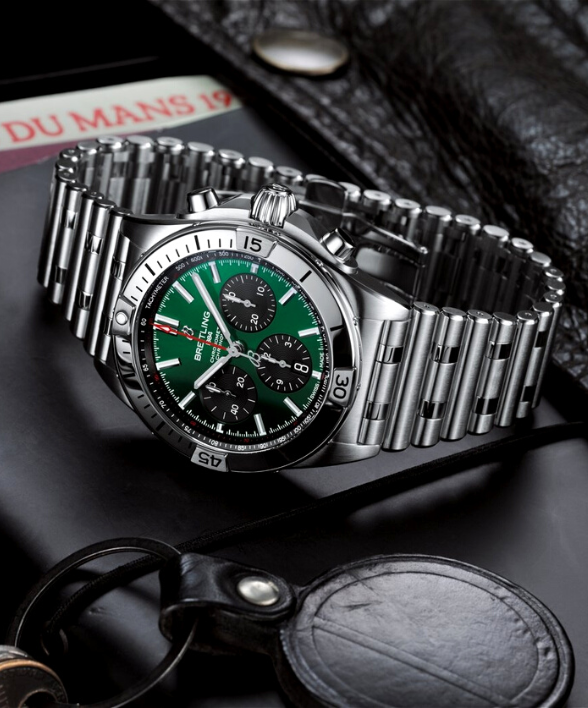 Watch Buying Guide
Watch Buying Guide
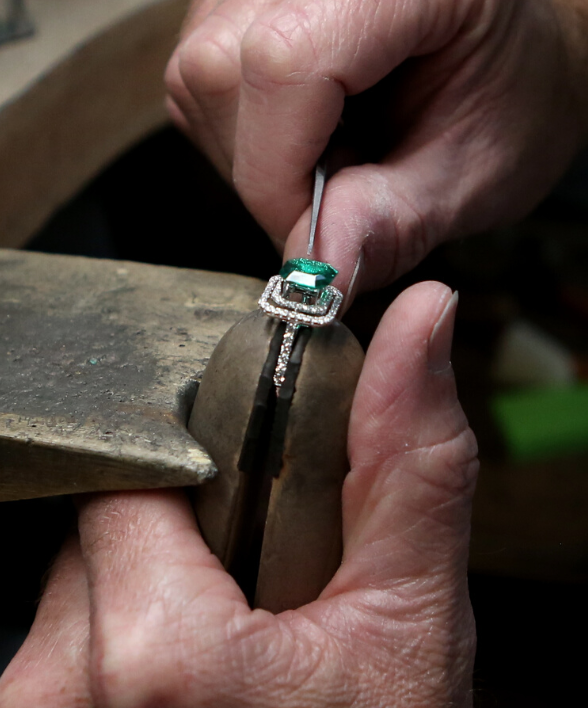 Product Care & Aftercare
Product Care & Aftercare
 Visit our Showroom
Visit our Showroom